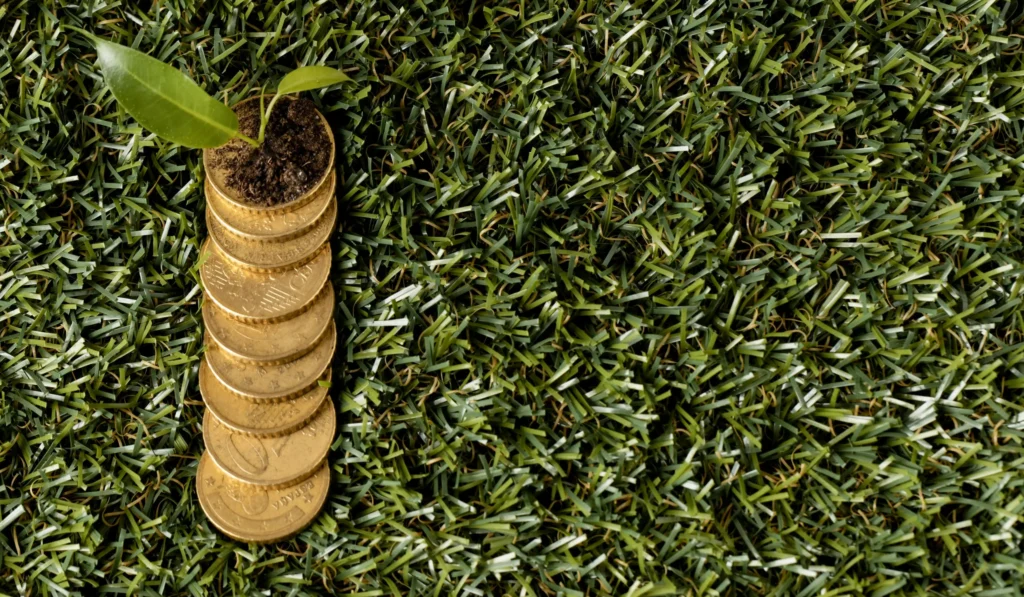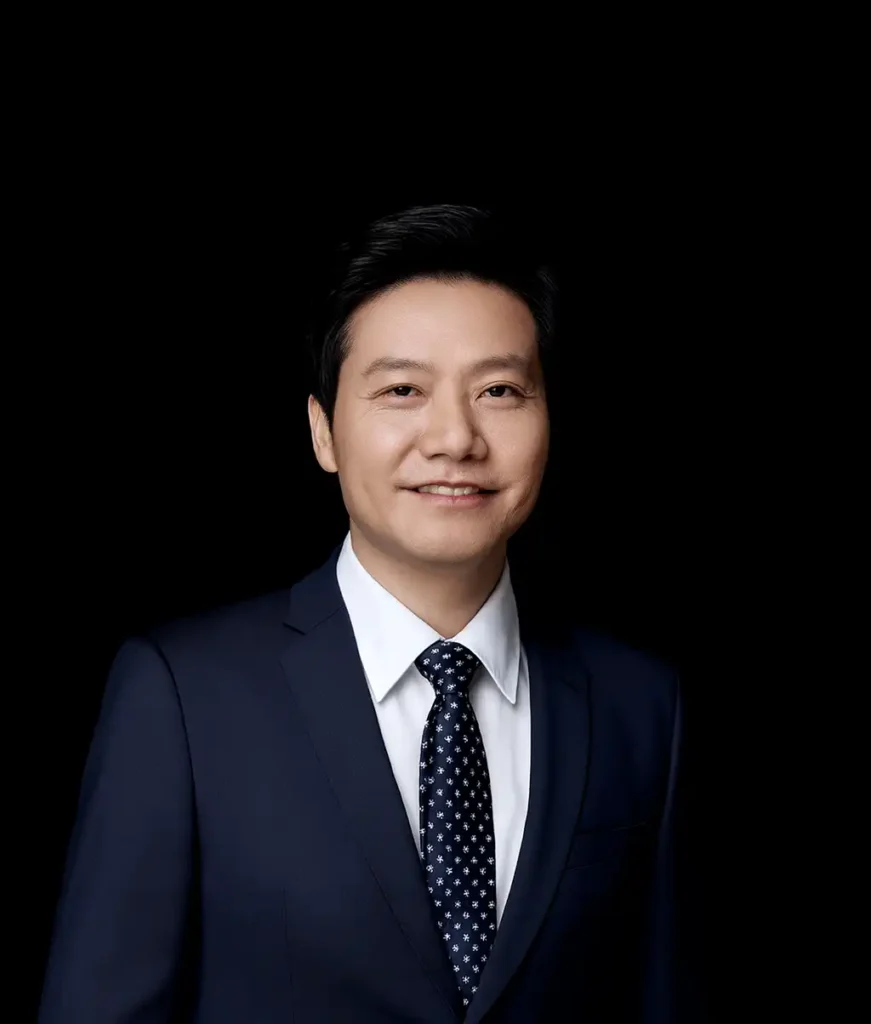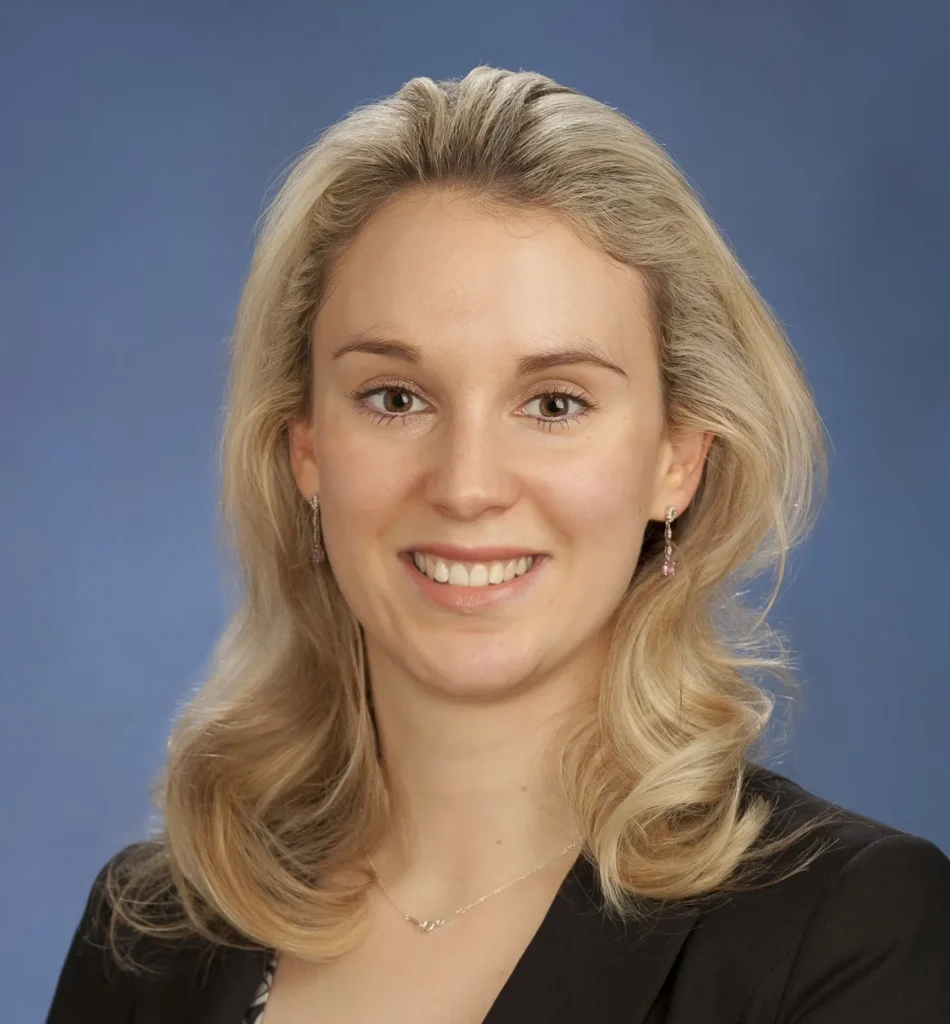DALAL MUTEB AL-HAJRI
Herbalist and Folk Healer on the Roots of Invisible Ailments
By Alhanouf Mohammed Alrowaili

In the vast landscapes of Saudi Arabia, healing traditions are not just historical artifacts, they are a living, breathing part of the culture. This deep well of knowledge flows from three primary sources, Tibb al-Nabawi (Prophetic Medicine), the pragmatic wisdom of Bedouin folk medicine, and the intimate, inherited practices passed down through families.
Tibb al-Nabawi is rooted in the teachings of the Prophet Muhammad (peace be upon him), emphasizing a holistic approach to wellness through diet, hygiene, and natural remedies. The use of honey, black seed, and cupping (hijama) are practices that have been revered for centuries. Complementing this, Bedouin folk medicine, forged in the harsh environment of the desert, relies on a profound understanding of native herbs, camel products, and ritualistic practices to treat ailments. For generations, these traditions have served as a trusted form of first aid and spiritual care, demonstrating the resilience of ancient desert life.
This rich heritage finds its modern voice in Dalal Muteb Al-Hajri, a folk healing practitioner who embodies this fusion of traditions. For her, healing is not a profession learned from books, but a way of life taught by her mother, father, and grandmothers. “We rarely went to hospitals,” she explains, “We healed ourselves with what our land, our bodies, and our inherited wisdom provided.”
Dalal offers insights into subtle, often misunderstood ailments that are central to Saudi folk traditions. These are not just old sayings, they represent generations of intuitive diagnosis and natural remedies that focus on balance, warmth, and deep listening to the body.
Folk Diagnoses and Remedies: Khuā’ al-Kabid (Liver “Wind”), Modern medicine might diagnose this as a mineral deficiency or dietary imbalance, but folk tradition attributes it to a sudden exposure to cold air, like a draft after a bath or from air conditioning. Symptoms include pale skin, a dull complexion, loss of appetite, and a cramp after eating.
The folk remedy focuses on gently “pulling” the air out using warming treatments like hijama (wet cupping), therapeutic massage (temrīkh), or a warm herbal poultice (Sabkha) applied over the liver region. Khuā’ al-Rahim (Uterine “Wind”), This condition refers to an energetic imbalance or trapped air in the uterus, often experienced after childbirth or during menstruation. It’s believed to be caused by exposure to cold floors or sudden temperature changes.
Symptoms include heavy discharge, severe back and abdominal pain, and a feeling of internal gurgling. To treat this, traditional practices emphasize warmth and gentle care. This can include drinking uterine-warming herbal infusions, eat grounding foods, and wrap the abdomen in a warm lamb’s wool blanket. Al-Afna (The Putrefaction),
This folk diagnosis is used for children suffering from poor growth, hysterical crying, and other behavioral changes, along with a bloated abdomen and yellowish pallor. It’s believed to be caused by external influences like a foul odor, the “evil eye,” or negative spiritual frequencies. The remedy is highly specific, a healing oil known as Zayt al-Afna, which contains sulfur-rich root herbs thought to expel negative energies and restore the child to health.

Dalal’s practice is a careful fusion of ancestral methods and a grounded, modern awareness. She insists that true healing is a responsibility that requires profound caution. She emphasizes key lessons for her clients and aspiring practitioners: The Power of Herbs, herbs are potent, and their misuse can be dangerous.
For instance, some herbs like camphor can cause more harm than good, and certain remedies like Anzaroot can be deadly to infants. Balance is Key, each herb has a specific nature, cold or warm, dry or moist. Mixing them without understanding these properties can disrupt the body’s natural balance and lead to new problems.
Awareness Over Imitation, not every remedy found in old texts or on social media is safe. She advises against dangerous practices like inserting heated objects into the body, a common, but harmful, folk tradition. Dalal’s philosophy is captured in a foundational saying, “The stomach is the house of disease, and diet is the head of every medicine.”
She trusts the guidance of well-known herbal scholars like Jaber Al-Qahtani and combines their knowledge with her own decades of observation. Her methods are gentle and centered on holistic care, from using salt water to ease swelling to applying poultices for a specific duration. She even addresses the modern phenomenon of nervous abdominal jumpiness (shuwaā), a condition she links to the vagus nerve in a way that aligns with modern neurological thinking.
Through her online store, Dalal’s store oil1organic in salla offers specialized remedies for women, men and children, targeting ailments linked to emotional trauma, fear, and grief. Each product is a direct reflection of her commitment to culturally grounded care. She believes that folk traditions and modern science can coexist, with each supporting the other in a patient’s journey to wellness. Dalal sees herself not just as a healer, but as a guardian of a living legacy, a fusion of belief, body, and care that has sustained her people for centuries.



